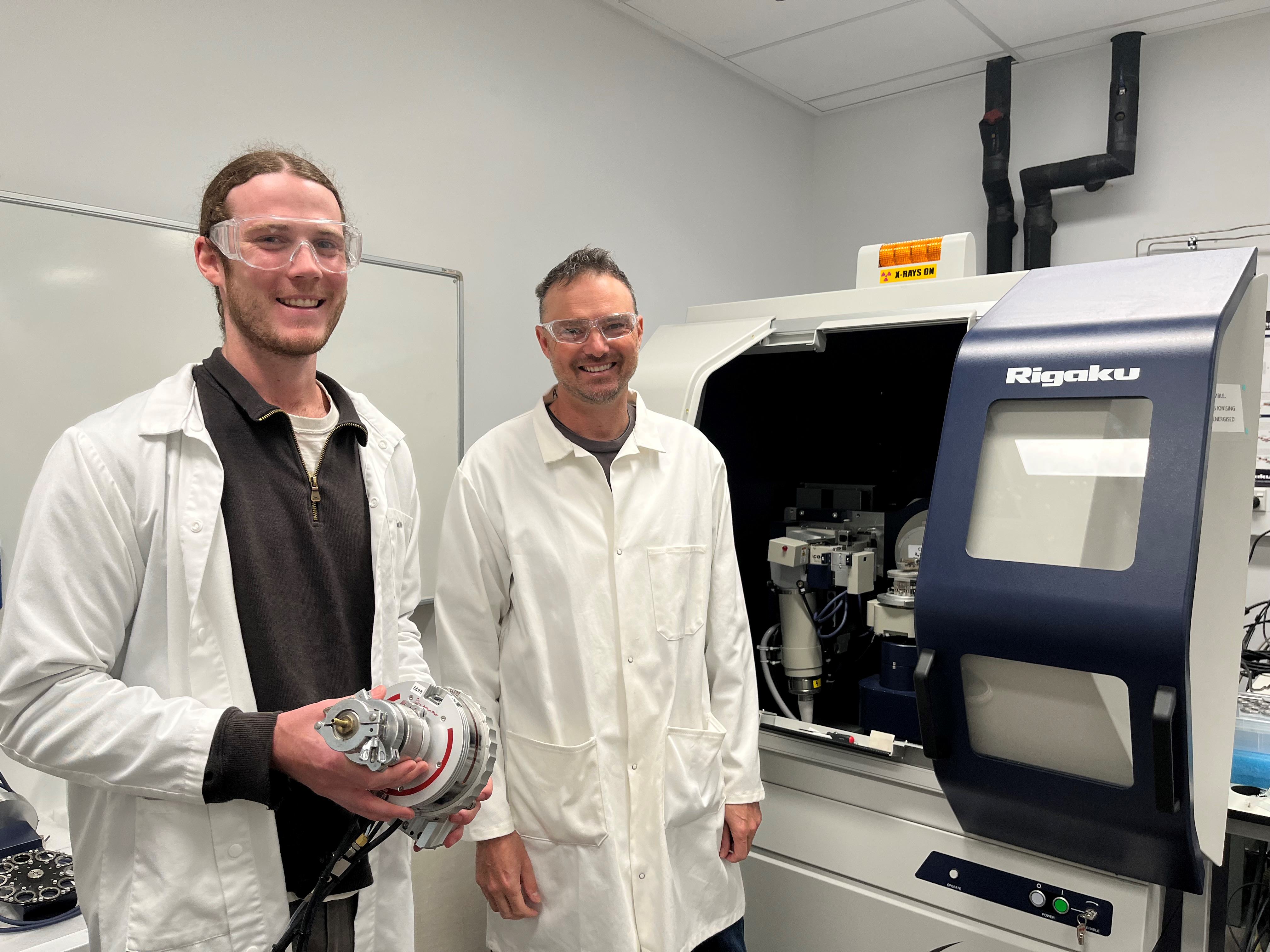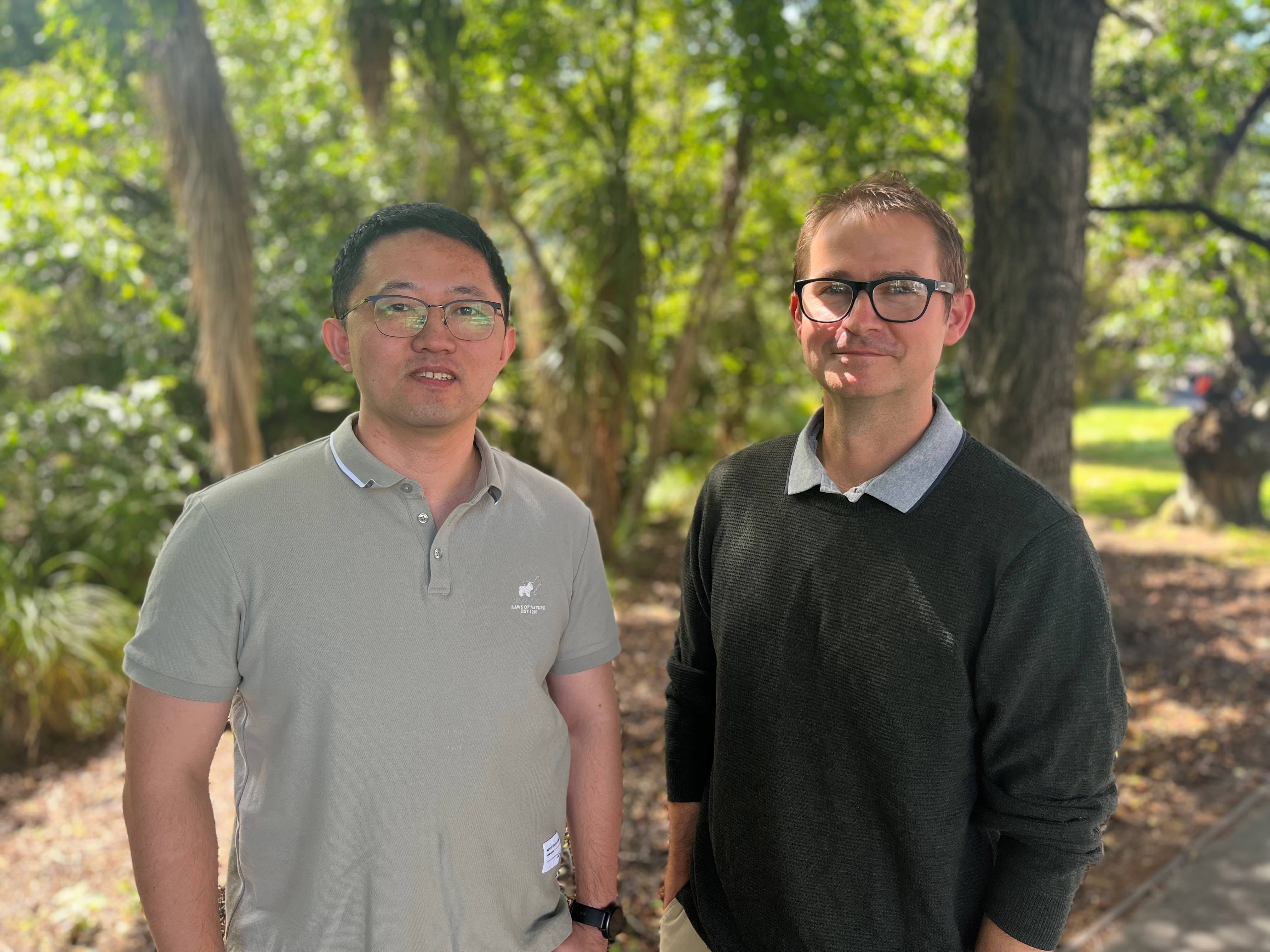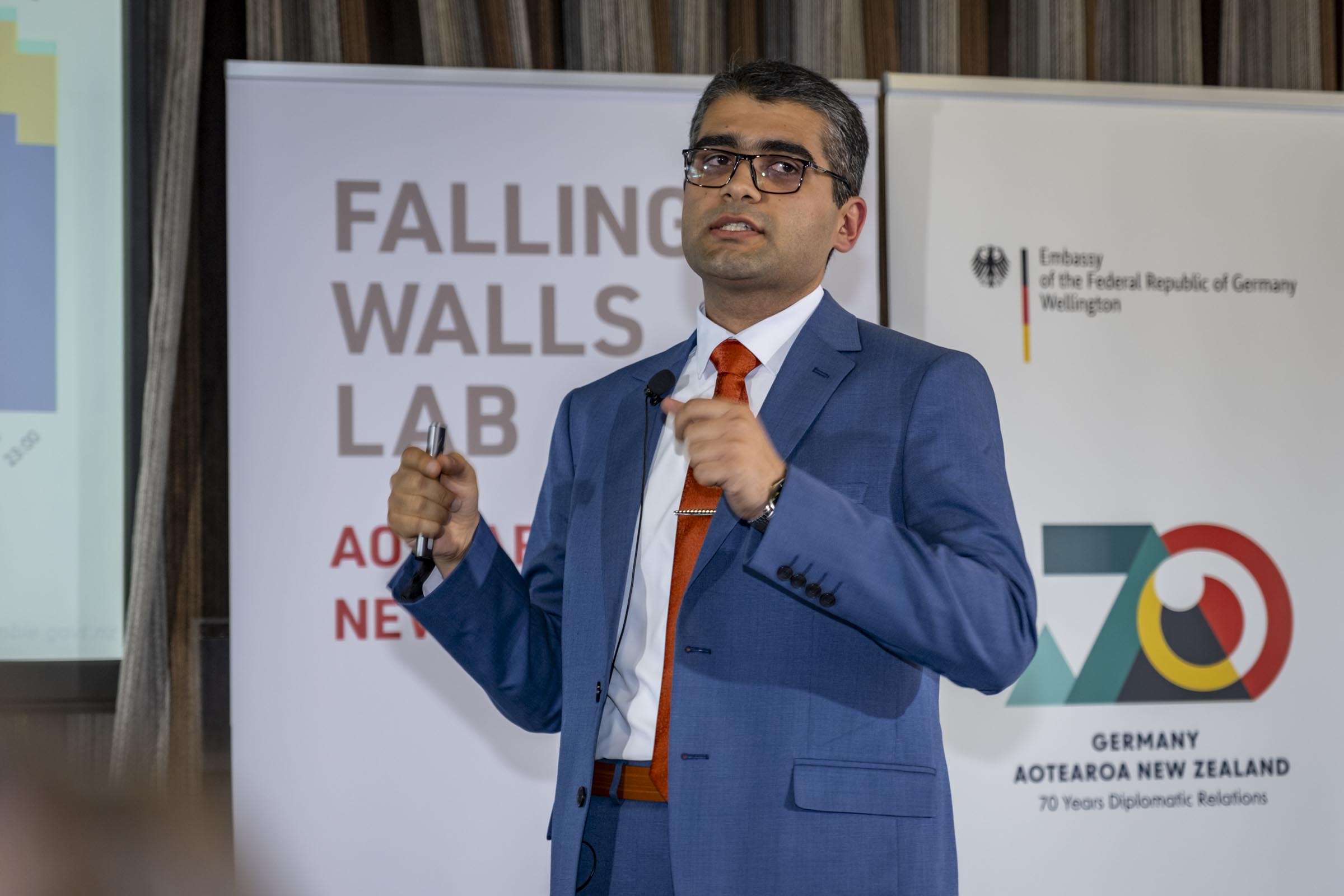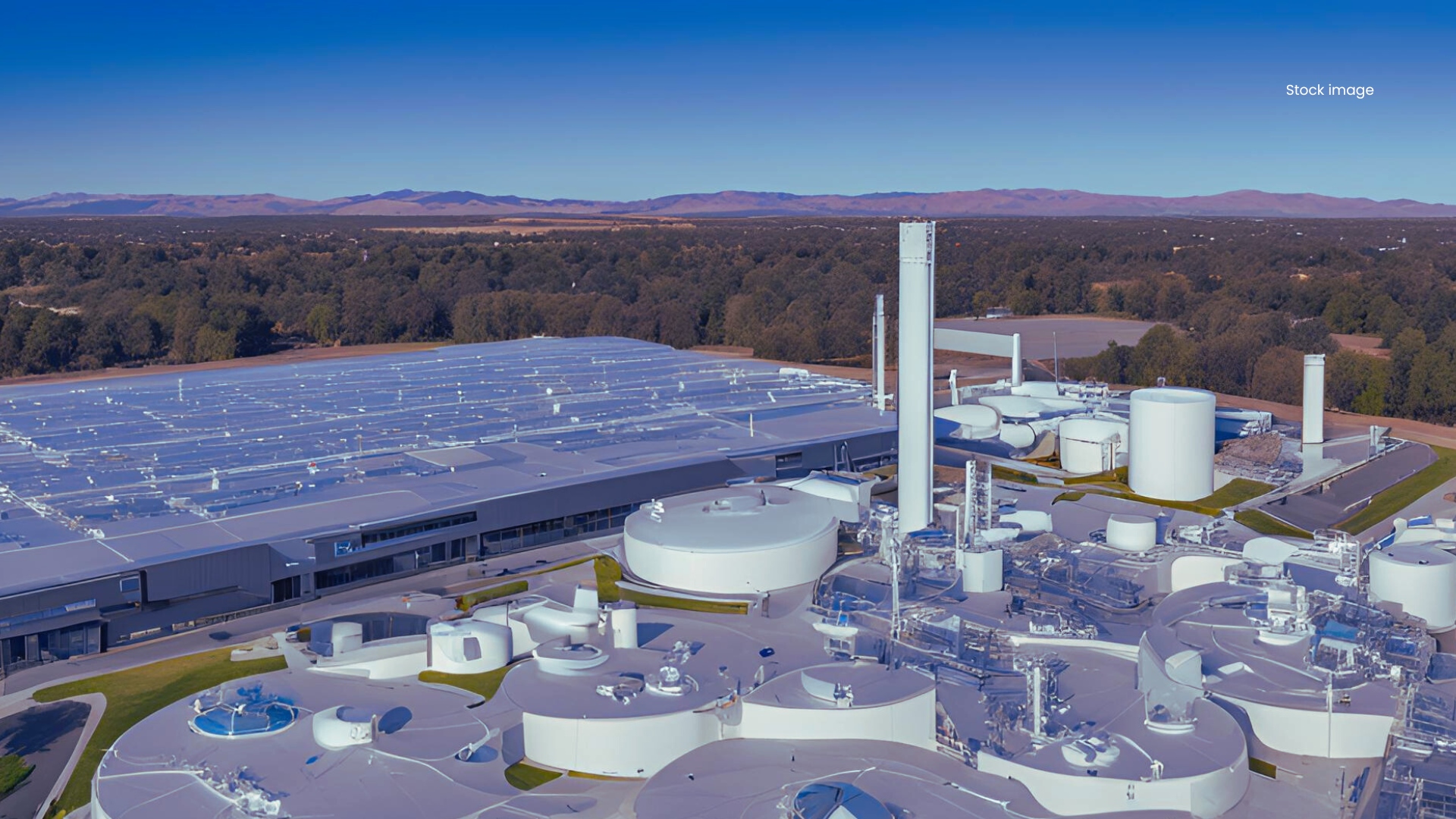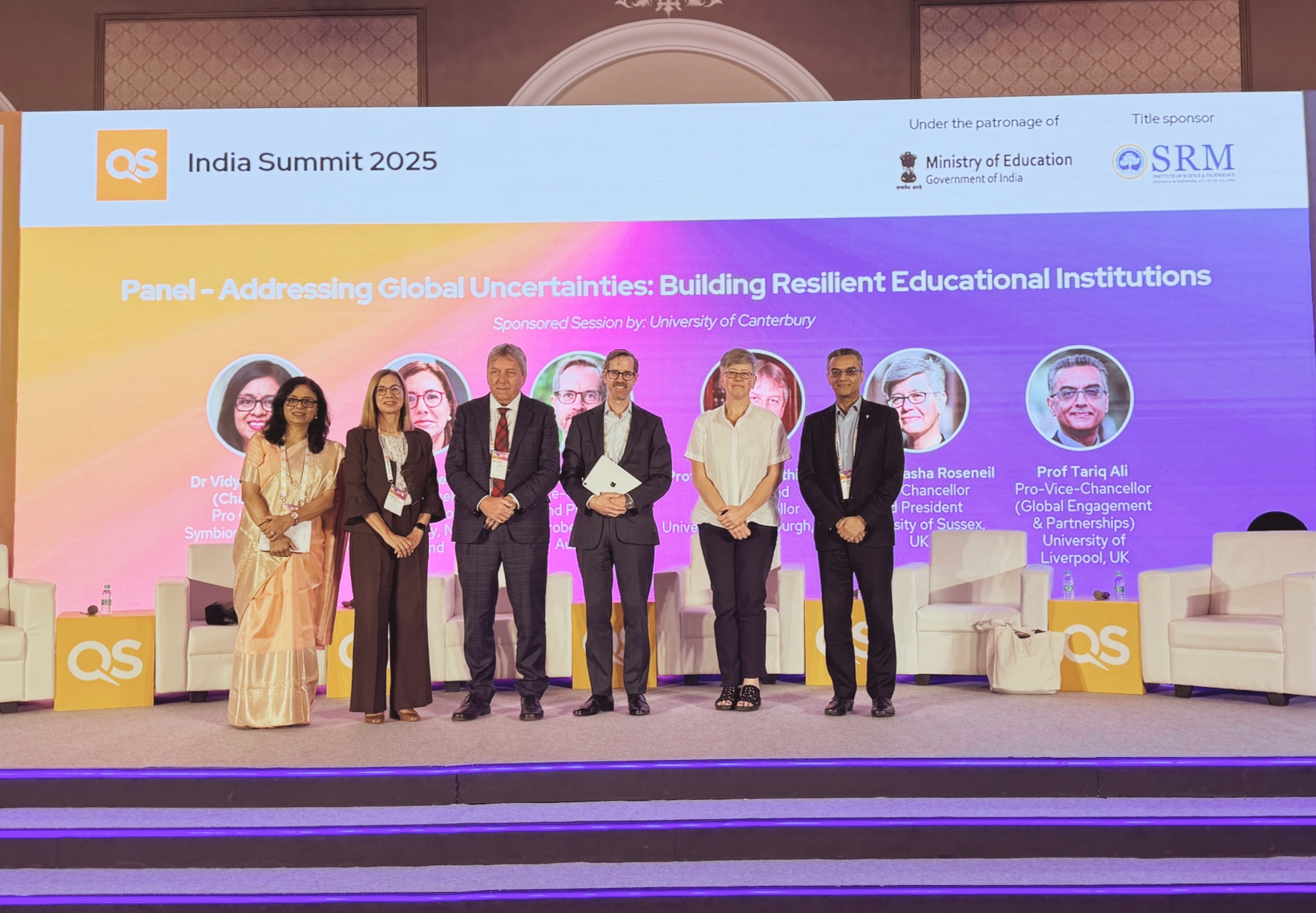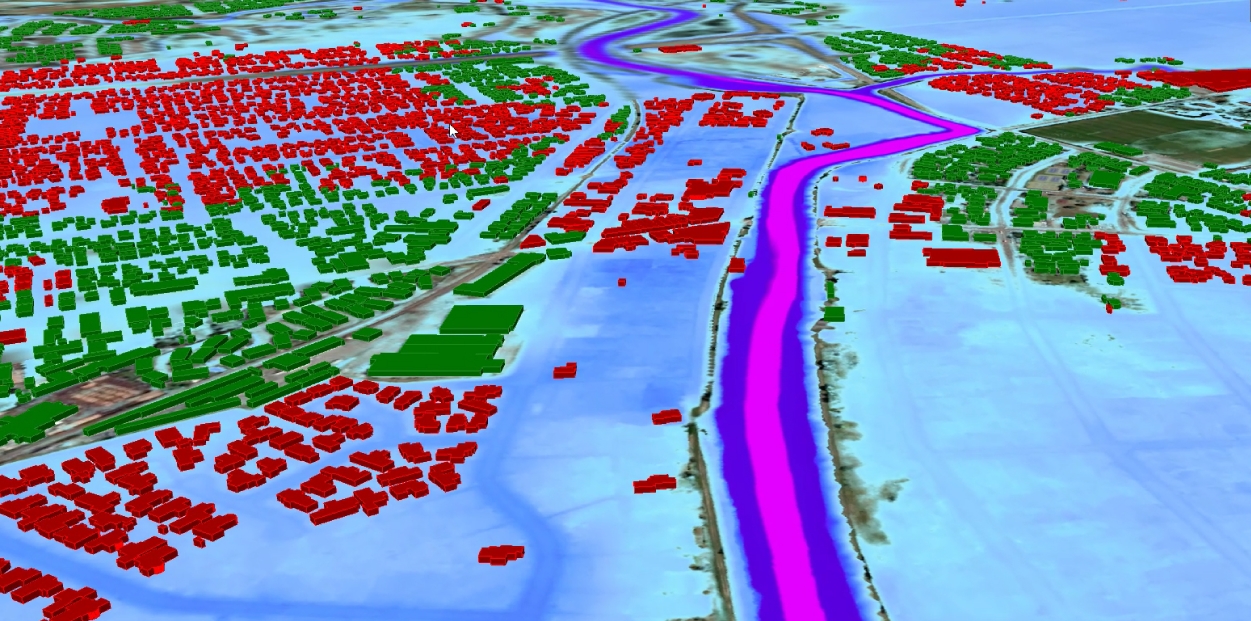He believes biodegradable plastic is a better option because it has a lower carbon footprint than wooden or paper disposable cutlery and degrades more quickly than conventional plastics.
However, at present biodegradable plastic (recycling code 7) shouldn’t be recycled because the materials are designed to break down easily and they are too fragile to reuse safely. “If biodegradable plastics can be recycled in an eco-friendly way for uses that don’t require strength, then they could become the material of the future,” Dr Park says. “That’s the direction I think we need to take.”
One of the downsides of biodegradable plastics is their breakdown is either too slow or not controlled. However, Dr Park is investigating using additives that will accelerate their degradation.
One potential additive he has been testing is powdered pounamu, a waste product from the jewellery carving and craft industry. Dr Park says early results using pounamu from a West Coast supplier show that when a small amount of pounamu powder is added to biodegradable PLA (polylactic acid) plastic, it enhances strength, reduces flammability, and accelerates degradation .
“We think this additive could be added to biodegradable plastic and used to make milk crates, making them stronger for carrying cartons of milk. If they are lost in the environment, they would break down in a shorter timeframe than conventional plastic products,” Dr Park says.
Dr Park has also carried out testing in a lab mixing biodegradable PVA (polyvinyl alcohol) plastic with spent grain – a by-product of the beer brewing industry - and turning it into a thin film. He suggests these plastic sheets could be used as a mulch on farmland to keep the soil moist and reduce weeds, meaning less energy is used for irrigation. It takes about six months for the film to degrade in nature since the grain speeds up the degradation process.
Dr Park is planning to pursue both of these research options, dependent on funding. “The ultimate goal is to develop the technology further and bring about tangible impact. By investing time, effort, and resources I want to create a meaningful and practical solution that can make a real difference for our environment,” he says.



